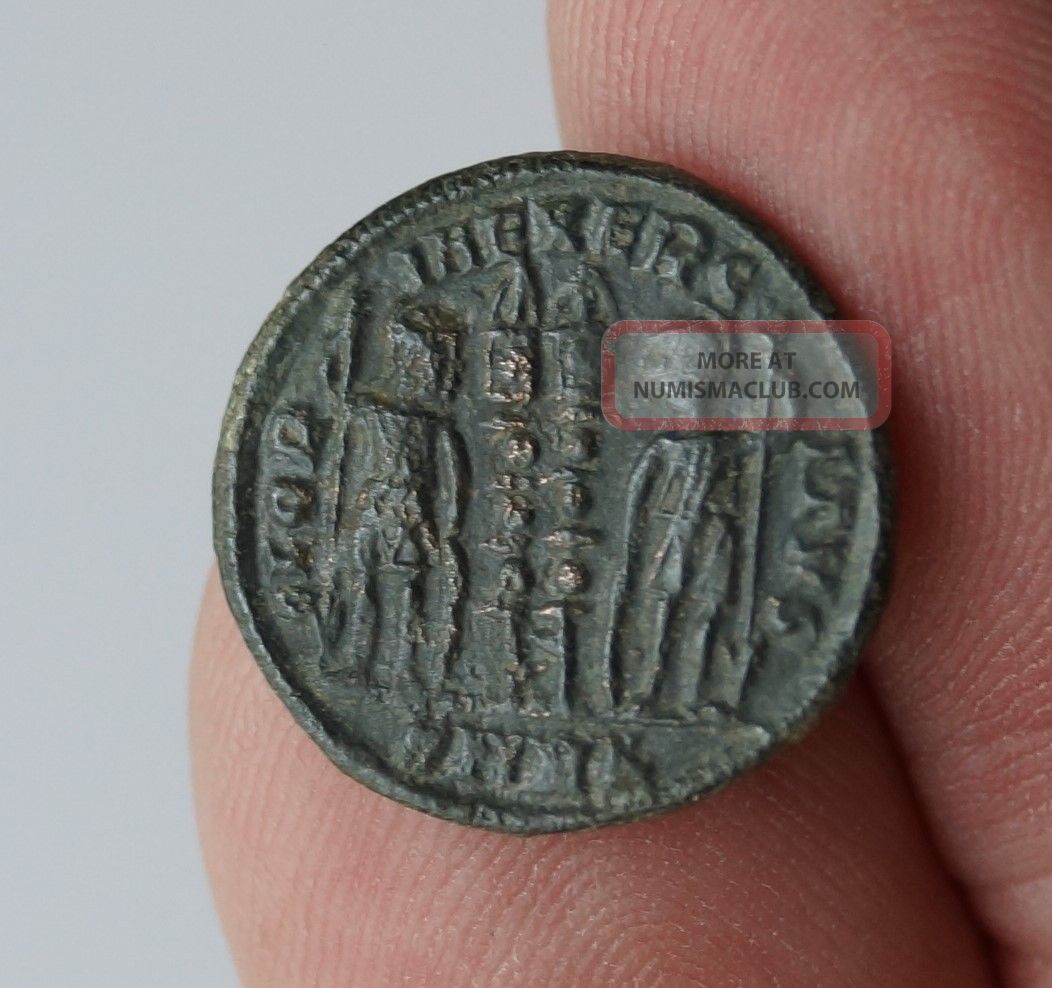
Arriving under the light of the torches, the winner was the Ethiopian Abebe Bikila, who ran the entire race barefoot!Īnd with this we have finished our tour of the Colosseum in Rome. Almost like a synthesis of its great power which, coincidentally, began to show the first signs of an irreversible crisis during Constantine's era.Ī recent excavation next to the arch has brought the ancient Meta Sudans to light, which is a monumental Roman fountain.įUN FACT: at the Rome Olympics in 1960, The Arch of Constantine was the marvelous arrival point of the marathon, or the 42 kilometer race. In short: the arch is a monument that illustrates significant parts of different moments of the Roman Empire. Arch of Constantine (triumphal arch (memorial arch) Constantine I, Emperor of Rome (Roman emperor, 285-337 CE) 315 CE Rome (Roma, Lazio, Italia, Europe, World, Top of the TGN hie.) Note: Dedicated by the Senate in 315 CE for the tenth anniversary of the emperor's reign, the Arch of Constantine commemorates his victory over Maxentius at the. In order to venerate Constantine’s grand conquest, the Senate of Rome honored him with a triumphal arch just 3 years later. With this victory, much needed peace was brought to the Roman Empire. The large, three meter tall bas-reliefs refer to military campaigns led by Marcus Aurelius around the year 170. After many years of war, Constantine’s army finally defeated the over-powering army of Maxentius at the Battle of Milvian Bridge in 312 AD.

The statues of noble barbarian commanders that you can see above the demarcation line at the top of the arch are from the period just before, under Emperor Trajan. Above the two side arches, the long and narrow panels illustrate some episodes of Emperor Constantine's life, and you can admire the splendid classical elegance in the round pairs of medallions that were made at the time of Emperor Hadrian, around the year 120. Along the slopes of the arches you can distinguish images of divinities linked to rivers. Owing him the influence of the major faith in the world, the Arch of Constantine was built in 313 till 315 AD to honor Constantines victory. As the marriage was childless, he took into his household his cousin Hadrian, who became a favourite of Plotina. Before his accession, Trajan had married Pompeia Plotina, to whom he remained devoted. Below, on the bases of the columns, you can see the depictions of captive barbarians. Soon thereafter, on January 27 or 28, Nerva died, and Trajan was accepted as emperor by both the armies and the Senate.

The bas-reliefs were celebratory, and today they let you carry out an immediate comparison between the sculptural styles of the different ages. The inscription you see above and some of the bas-reliefs with historical scenes are all linked to Constantine's victory over Maxentius in 312, but keep in mind that much of the arch's structure and decorations date back to previous centuries, in the time of the Emperors Trajan, Hadrian, and Aurelian. It was the gateway for the sacred or triumphal processions that reached the city: once they reached the arch, they would turn to head towards the Imperial Fora. 25 meters tall and with three arches, it is the largest and best preserved of the triumphal arches built in honor of the Roman emperors. Since you're already at the Colosseum, you can't not go see the Arch of Constantine.


 0 kommentar(er)
0 kommentar(er)
